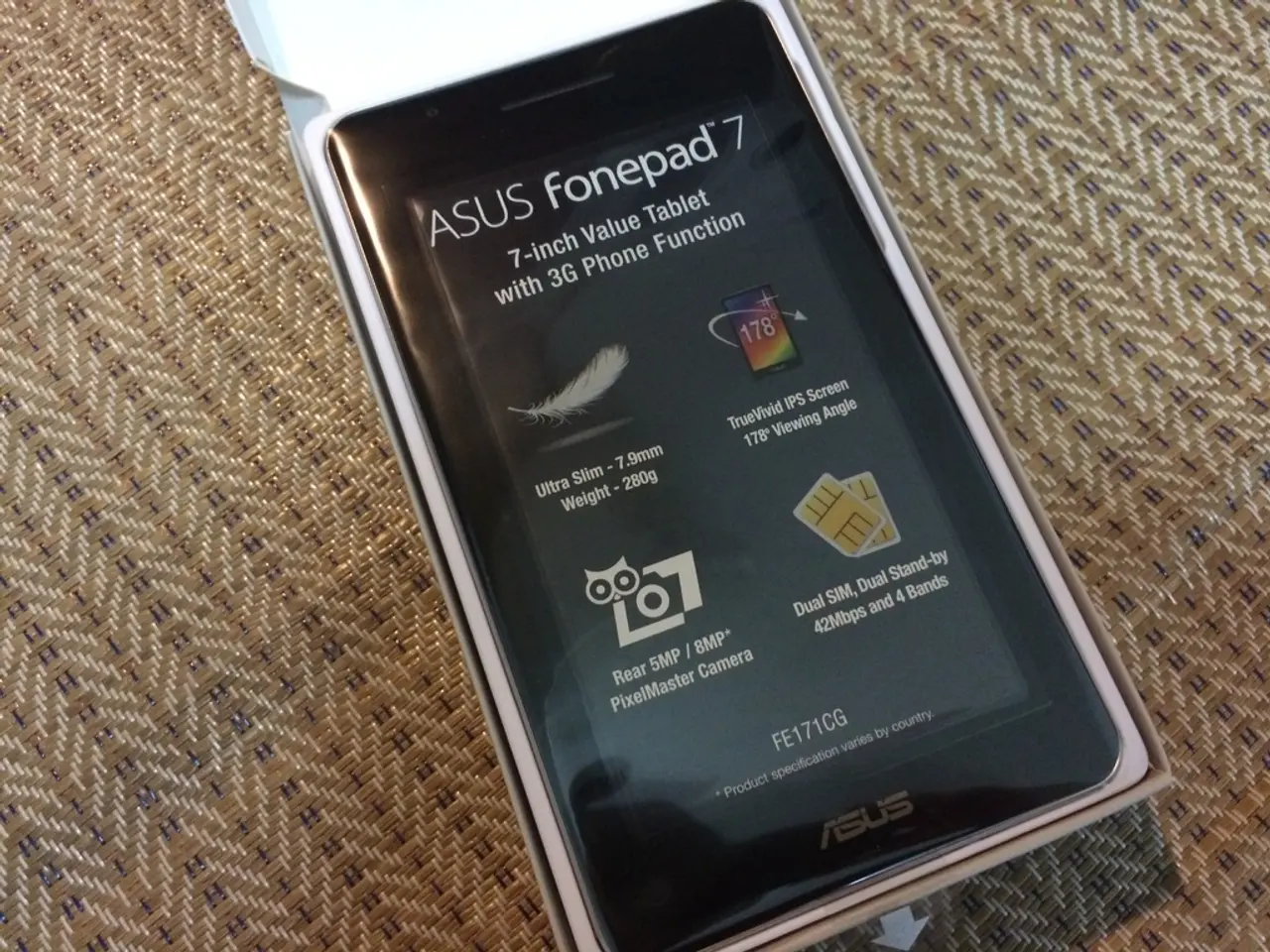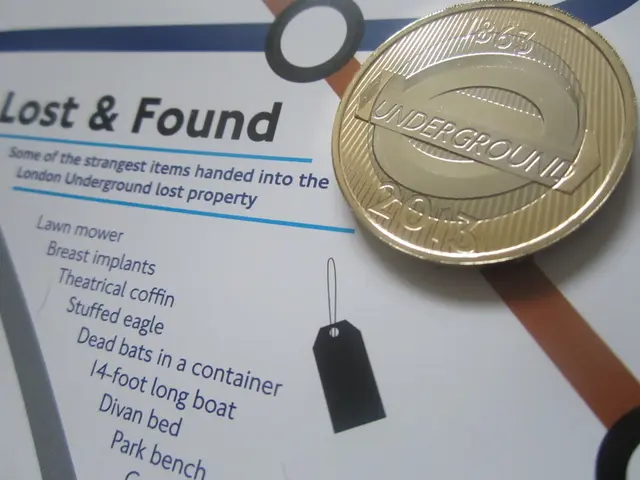Effortlessly transition among network systems. Seamless management with no human intervention required. Minimized friction throughout the process.
The GSMA SGP.32 IoT eSIM Standard is revolutionizing the Internet of Things (IoT) landscape, offering a next-generation solution tailored to the challenges of massive IoT deployments. This groundbreaking specification, set to become commercially available in 2025, promises to streamline remote management and unlock the full potential of IoT devices[1][2].
The SGP.32 standard introduces a novel architecture that separates the eSIM IoT Remote Manager (eIM) from the IoT Profile Assistant (IPA), enabling simplified, scalable, and vendor-neutral remote SIM provisioning[1]. This separation leads to several key benefits:
- Zero-Touch Provisioning: Devices can be shipped with a universal bootstrap profile that automatically downloads the correct operator profile based on location or business rules, completely automating activation without manual SIM swaps or configuration[1].
- IP-Based and Lightweight Communication: Unlike the previous SMS-based standards, SGP.32 uses IP communication and supports lightweight protocols such as MQTT and CoAP over UDP. This makes it highly optimized for low-bandwidth, low-power IoT networks like LTE-M, enhancing efficiency and reliability[1].
- Eliminates Vendor Lock-In: The architecture ensures open interfaces so any compliant eSIM manager can work with any compliant profile assistant or subscription manager, allowing fleet-wide instant switching of connectivity providers without physical changes to devices[1].
- Regulatory Compliance and Network Resilience: It supports dynamic switching of network profiles to comply with regional regulations on roaming and to ensure continuous connectivity as legacy networks like 2G/3G are phased out worldwide[2].
- Supply Chain Efficiency: By enabling devices to localize automatically upon deployment instead of pre-installing country-specific SIMs, it drastically reduces inventory complexity and lowers production costs, making global IoT rollouts simpler and more cost-effective[2].
- Security: SGP.32 includes end-to-end encryption and cryptographic authentication by default, making IoT connectivity more secure[1].
By adopting SGP.32, businesses can simplify IoT deployments across various industries, including automotive, healthcare, smart metering, and industrial IoT[2]. This comprehensive approach future-proofs connectivity, allowing enterprises to rapidly deploy and manage vast IoT fleets with agility and low operational overhead. It supports industries such as logistics, automotive, smart cities, utilities, and asset tracking by providing seamless, flexible, and secure cellular connectivity that can adapt dynamically to changing conditions and business needs[3][4].
In essence, the GSMA SGP.32 standard makes IoT eSIM technology practical and scalable by enabling secure, zero-touch, vendor-neutral provisioning, optimizing communications for IoT constraints, and reducing supply chain complexity and costs. This unlocks faster, more flexible, and globally compliant IoT deployments across diverse industry verticals[1][2][3].
The GSMA SGP.32 IoT eSIM Standard, revolutionizing the Internet of Things (IoT) landscape, leverages advanced technology to offer a scalable, zero-touch provisioning solution. This technology-driven specification, set to become commercially available in 2025, makes use of data-and-cloud-computing capabilities to enhance efficiency and reliability in low-bandwidth, low-power IoT networks.




